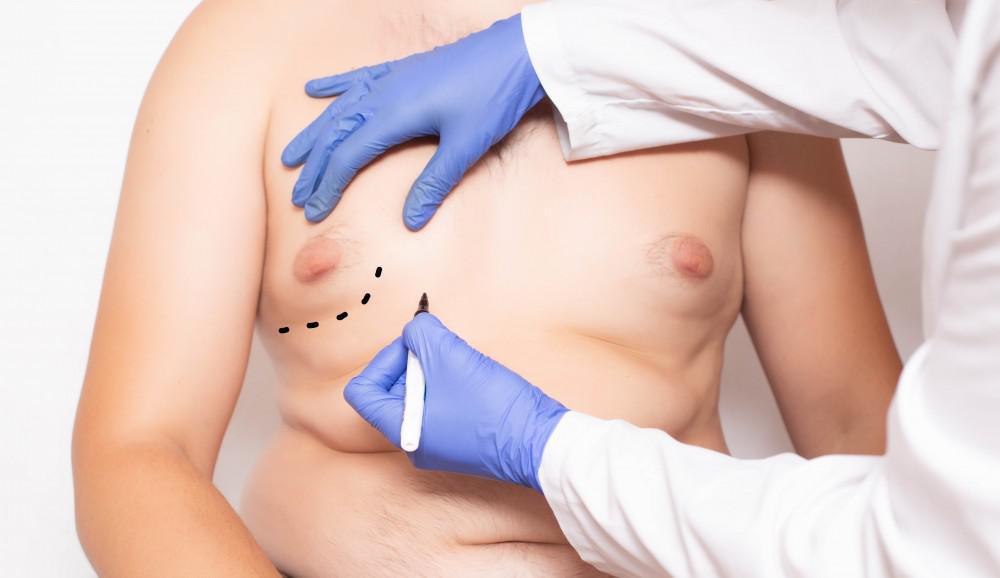Sculpt Sublime- Gynecomastia

Grade I is a small enlargement of the breasts without an excess of skin.
Grade II is moderate enlargement without an excess of skin.
Grade III is marked enlargement with excess skin, mimicking female breasts.
Gynecomastia may be physiological and go away on its own, but in a small number of cases, it may remain and benefit from surgery. You may give your chest a naturally manly look by working with an experienced, licenced cosmetic surgeon. Modern, sophisticated procedures enable brief surgery, rapid recuperation, and almost undetectable scars.
General anaesthesia or local anaesthetic with sedation both are options for gynecomastia surgery. Liposuction can be done if the only cause of your gynecomastia is too much fat. The excision procedure is utilised, nevertheless, if the cause is an overabundance of glandular breast tissue and skin. This procedure involves making a wide excision across the breast and removing extra skin and breast tissue.
The recommended method of treating gynecomastia combines subcutaneous mastectomy, often known as Webster’s surgery, with liposuction to get rid of the resistant glandular, fatty tissue. Nevertheless, the areola’s margin is discretely bordered by the incision. You might need to wear an elastic pressure garment for two weeks to aid with the edoema after surgery since the chest will be bruised and swollen.
Gynecomastia surgery has instant noticeable benefits. Your Gynecomastia surgery’s complete effects, however, won’t be apparent for three to six months. Gynecomastia need not prevent you from feeling your most self-assured. You may give your chest a naturally manly look by working with a certified, professional plastic and cosmetic surgeon. Modern, sophisticated procedures enable brief surgery, rapid recuperation, and almost undetectable scars.
FAQs
What is done in plastic surgery?
What is the difference between cosmetic and reconstructive surgery?
Cosmetic surgery is performed to reshape normal structures of the body in order to improve appearance and self-esteem. Cosmetic surgery is usually not covered by health insurance because it is elective.
Reconstructive surgery is performed on abnormal structures of the body caused by congenital defects, developmental abnormalities, trauma, infection, tumors or disease. In general, reconstructive surgery is performed to improve function, but may also be completed to approximate a normal appearance.
Reconstructive surgery is typically covered by most health insurance policies, although coverage for specific procedures and levels of coverage may vary greatly.
If I have Botox® or Restylane®, how often would I need to repeat the injections?
Botox® lasts about three to four months, and the treatment can be repeated as needed. When it wears off, you will begin to notice increased muscle action and some reformation of the wrinkles. It appears that with repeated use, the effect of Botox® becomes longer lasting.
Restylane® injections last for about six months, and can also be repeated as needed.
How do I know what size breast implant is right for me?
The decision is based on a number of factors, including the patient’s desires, reasons for the surgery and overall health.
For example, are you doing it because you feel your breasts are too small relative to your body contour or are you unhappy with the size and firmness of your breasts following pregnancy, breastfeeding or major weight loss? Unevenness between the breasts can also be a motivating factor. Your surgeon can help you make the right decision during your pre-surgical appointment(s).